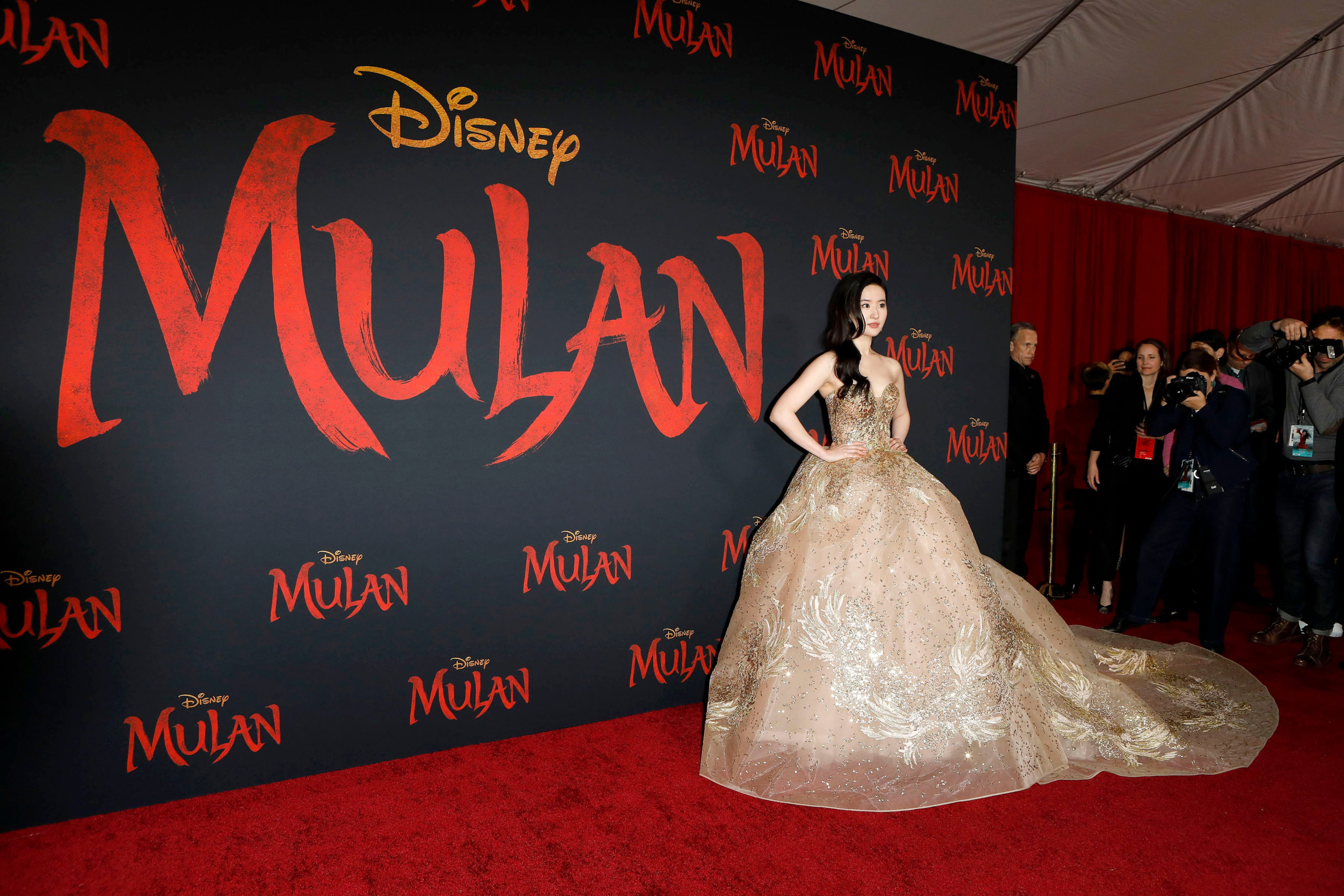
The live-action remake of Mulan was set to hit the screens in March 2020, but the pandemic postponed the release date around the world, including the United States. After months of how and when, Disney announced that the highly-anticipated film will be skipping a theatrical release and going straight to video-on-demand on their new streaming service, Disney+.
Mulan will be available as “premium content” on Disney+ beginning Sept. 4 in the United States and international markets where the streaming platform is available. As premium content, it will cost consumers an additional $29.99 to watch the film on top of the $6.99 they already pay to have access to the platform
After the success of Trolls World Tour on video-on-demand (according to IndieWire, the film has grossed an estimated $150 million from rentals), Disney’s move seems like the logical step. But at what cost?
I Have to Pay How Much?!
Mulan is on most people’s to-watch list, despite having major differences from the animated version released in 1998.
Unlike other live-action remakes from Disney, characters won’t be singing familiar tunes like ‘Reflection’ or ‘I’ll Make a Man Out of You’ as the film will be sans music. It will also be missing two beloved characters, Mushu and Li Shang. But despite missing a few key components from the animated version, people were ready to flock to the theaters to watch the film.
Although theaters have seen a rise in ticket prices over the years, it’s still relatively affordable, especially with specialty days like $5 Tuesday, where each ticket is only $5.
With Disney+, not only do you have to go through one paywall (a Disney+ subscription), you also have to pay an additional fee (and a mighty steep fee, if you ask me) to watch Mulan. Two paywalls is ridiculous, especially for a movie that will eventually make its way to the streaming service for free in a couple of months.
Disney spent $200 million on production, and millions more for marketing and promotions on a global scale, so I get the need to try and at least break even, but the world is still in the midst of a pandemic.
Sure, Disney had to shut down a few operations, but did it hurt them? A little, but not so much. Disney is still a multi-billion dollar industry; $200 million is .0015 percent of their net worth. But there are folx without jobs still, living on unemployment checks, and many are now facing an eviction crisis. Paying $37 to watch a movie is just not in people’s budgets, and it’s a crime to be asking that much.
 Big Loss for Asian Representation
Big Loss for Asian Representation
Mulan has seen its fair share of controversies in the past. Folx are boycotting the movie due to its lead actress supporting brutality by the Hong Kong police, or the crew being almost completely white – including the writers and director. White people writing about Chinese culture and stories? Yikes.
And not to diminish any of that, because it’s true and their feelings towards the movie and actress are valid, but it is still a film with heavy Asian representation – something we rarely see in American media.
Disney CEO Bob Chapek says the decision to move Mulan to video-on-demand is a one-off and it isn’t a new business model they’re looking into.
A film like Mulan, a female-directed action tale led by a young Asian woman with an all Asian cast, should not be written off as a one-off. With a couple of big blockbuster hits postponed by Disney, why Mulan? Why not Jungle Cruise? Or better yet, Marvel’s Black Widow. With the immense following of the Marvel Cinematic Universe, millions of people would easily pay to watch it on-demand.
If they can hold off premiering those films, why can’t Disney do the same for Mulan? Especially when Disney’s marketing team leaned heavily on representation, and having an all Asian cast tell a Chinese tale. It would have been a big win for diversity – I mean, it still is, but it’s different seeing it on the big screen instead of a laptop or tv.
Asians around the world could have had their Black Panther moment – a monumental moment – but they are being denied that. Yes, Crazy Rich Asians happened, but an all-Asian cast leading a romantic comedy is different from an all-Asian cast leading a war / action-adventure film. It’s a feat we’ve yet to see in American cinema, and it would have shown that yes, Asians can hold their own in this genre too.
And if Mulan doesn’t fare well on video-on-demand, Disney executives will use this opportunity to say, “I told you movies with an all Asian cast won’t make money.” It’s happened before and, with a $30 fee to watch it, it’s hard not to expect it to happen again. It’s even harder not to think that the Disney executives making these decisions don’t want to see Mulan succeed.
So why is it that Mulan is being treated as a guinea pig this way? Why has Mulan been deemed an acceptable loss if it fails?
To me, it feels like Disney gave up on the film. That they’re setting it up to fail, and that’s a huge loss for Asian representation and Asian voices everywhere.
Will Disney’s Strategy Work?
That being said, there is a chance that Disney’s video-on-demand strategy will work. I mean, are we forgetting who we’re talking about? It’s Disney.
Even with Disney+ only being available in 20+ countries and territories around the world, the streaming service still has 60.5 million subscribers. If 7 million subscribers in the United States alone purchased Mulan, Disney will have already broken even.
Disney will also be releasing Mulan in theaters in the countries where Disney+ is not yet available and where cinemas have opened up again, including Singapore and Malaysia. China, arguably Disney’s biggest market for this film, does not have Disney+ available, but has been granted a theatrical release.
Despite Chapek saying this is a one-off, and that it isn’t a new business model Disney is looking into, it kind of is. If Mulan does well, it could fundamentally change the film distribution industry as we know it. Because Disney owns the streaming platform, all of the profits that they make off of the film will go straight into their pockets; they won’t have to worry about splitting it with theaters.
This could prove to be a big win for Disney and a major loss for cinemas. Other studios with their own streaming services could start looking to build something resembling Disney’s strategy in hopes of having similar success.
It won’t be the end of movie theaters, because Mulan was on track to make $750 million – $1 billion in revenue with a theatrical release pre-COVID shutdowns, but it will be interesting to see how studios move forward with this information.
As an Asian-American, I want Mulan to succeed. I’m happy about the on-screen representation, and I hope more films like it will get made, but I personally won’t be spending $30 to watch the movie. I don’t think it’s a reasonable purchase. I waited five months from the original release date; I think I can wait a couple more until it’s on Disney+ for free.



